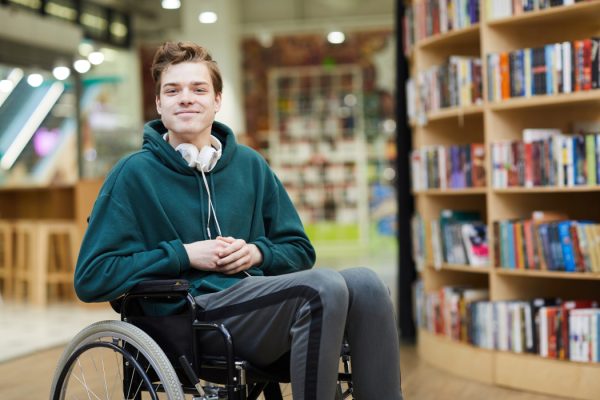
Language learning in the great outdoors
It’s Spring and time to love the great outdoors again! Going for a walk with your child is always a great way to connect, get exercise and take in some fresh air, but did you know that you can build your child’s language skills while walking?
Here are some Hanen strategies that you can use to help to build your child’s communication and language skills while going for a walk.
OBSERVE, WAIT AND LISTEN (OWL)
- Observe what your child is interested in and any messages they are sending you. It can be easier to observe their interests and messages if you crouch down so that you’re face to face. You might observe your child sending messages by looking at you, pointing or saying something about their interest.
- Wait (without talking) for your child to send you a message. Some parents find it helpful to count to five in their head to give their child space to send a message.
- Listen carefully to their sounds and words.
When you Observe, Wait and Listen to your child’s messages, you let them start and lead the interaction! They will feel motivated to communicate with you when they lead interactions about their interests.
FOLLOW YOUR CHILD’S LEAD
Once you’ve Observed, Waited and Listened to your child’s message, then you can follow your child’s lead by responding immediately with interest. When you respond immediately, your child can learn new words and ideas that match what they are interested in. You can follow your child’s lead by using the following strategies:
• Join in and play • Imitate • Interpret • Comment
JOIN IN AND PLAY
Play like a child
– Join in and play the way your child is playing (without telling him or her how they should play).
– If they stack sticks, stop what you’re doing and stack sticks together.
Get your own toys
– If your child starts collecting rocks on your walk, start your own collection of rocks. If they throw the rocks into a creek, you can join in by throwing your rocks in the creek too.
Use fun sounds and words
– If you are throwing rocks into the water, you could say a fun word, like, “Splash!” or “Plop!” Try adding a hand gesture to emphasise the fun words.
Pretend
– If your child is pretending with the sticks, stones, leaves and other things they are finding outside, join in on the make-believe world. For example, if your child says they are making a pie out of sticks and leaves, you could copy them. Then wait and see what he or she does. To add to the fun, you could say that your pie is ready to go in the oven!
IMITATE
Imitate their actions, sounds and words. For example, if your child is marching, march along too. Imitating your child is a fun way to get an interaction going. You could say, “We’re marching! March, march, march!”
INTERPRET
Interpret messages by putting into words what you think your child is trying to tell you. For example, if he or she holds up a stick to show you the bark peeling off, interpret the message by putting words to it, by saying, “The bark is peeling off the stick.” You could move your hands in a peeling motion to show what peeling means.
COMMENT
Make a fun comment that’s matched to what your child is doing or saying at that moment. For example, if they point to a bird’s nest, you could say, “Wow! There’s a bird’s nest.” Observe, Wait and Listen for your child to send you another message. They might respond by saying, “nuh” for nest. Then you could comment, “Yes, that’s the nest. The mama bird lays her eggs in the nest.” OWL again for your child’s next turn in the interaction.
REPEAT, REPEAT, REPEAT!
When you’re following your child’s lead by interpreting his messages and making fun comments, a great way to help them learn to say words is to repeat important words. You can repeat important words on your turn in back and forth interactions (see the conversation about the bird’s nest described above). You can also repeat important words throughout the day. For example, if you introduced the word “peel” when you were talking about the peeling bark, then you could use “peel” again when they are peeling off clothes or when you’re peeling an apple for a snack. There’s no need to ask your child to repeat the word after you. They are learning just by hearing it.
ON YOUR NEXT WALK…
When you Observe, Wait and Listen to your child’s messages, follow their lead and repeat important words, you create opportunities for them to learn about the world and say words. So, have fun interacting with your child on your next walk!
ABOUT THE HANEN CENTRE
Founded in 1975, The Hanen Centre is a not-for-profit charitable organisation with a global reach. Its mission is to provide parents, caregivers, early childhood educators and speech-language pathologists with the knowledge and training they need to help young children develop the best possible language, social and literacy skills. This includes children who have or are at risk for language delays, those with developmental challenges such as autism. For more information, please visit www.hanen.org
© Hanen Early Language Program, 2018.








